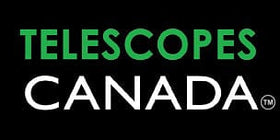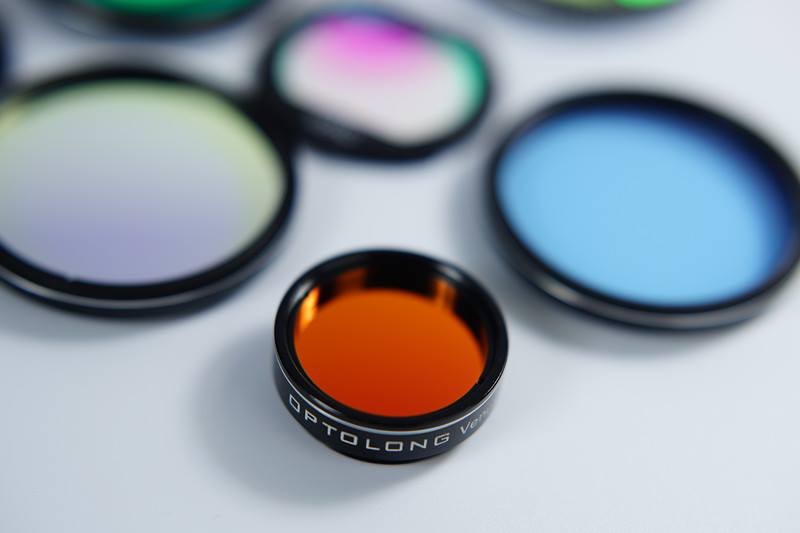Description
The Venus-U filter makes it possible to obtain photographs, CCD or video images in the UV-A (320-400nm) and observe Venus' cloud structures.
Main Use and Performance
For use with monochrome CCD cameras. You will need to remove the cover glass of the sensor and internal UV-IR blocker in order to pass UV light. The same holds true for mono DSLRs that have built-in low pass filters, these needs to be removed. For DSLRs you will need a special UV lens together with camera body. The sensor of CCD or CMOS cameras are capable of detecting light in the 350-1100 nm range.
Technical Data
Schott substrate material
Thickness 2.0mm
Surface Quality: 60/40 (Refer to MIL-O-13830)
Fine-optically polished to ensure accurate 1/4 wavefront and <30 seconds parallelism over the both surfaces
80% maximum transmission at spectral region 320-370nm
Precision off-band blocking on ultraviolet wavelength 200-280nm, visible and infrared spectral region
Coating Parameter
Multi-layers anti-reflection coating
Non-cementing optical substrate coating
Electron-beam gun evaporation with Ion-assisted deposition coating technology for durability and resistance to scratching, as well as stability on CWL (central wavelength). Not affected by temperature change
Planetary rotation system offers precision and homogeneity of coatings ensuring high value on transmission of pass-band and Optical density of off-band
Filter Cell
Ultra-thin filter cell minimize vignetting by maximize possible clear aperture (clear aperture is 26mm for 1.25"; 45mm for 2")
Airplane Grade Material | Precise CNC Machining | Sand Blasting Process | Black Anodized Finish | Extinction Treatment to Prevent Reflection | Laser Engraving No Fading

